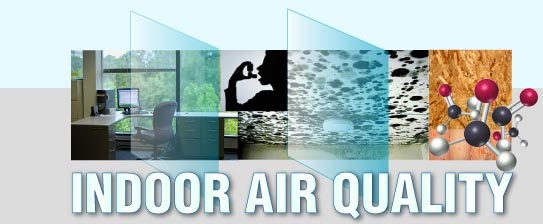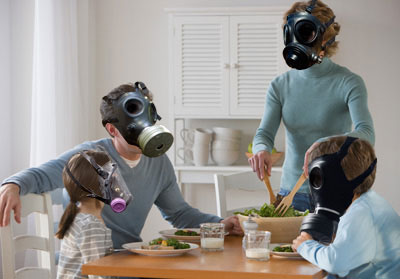Colin and Jason, the owners of Universal Plumbing and Heating Inc are proud to call Regina, Saskatchewan home, and they really pride themselves on offering the best possible customer service experience! The Canadian HVAC industry is notorious for bad service, and the guys at Universal started their company with the intention to do everything possible to create a good, solid reputation! They are in demand from both home owners and home builders alike.
Universal Pluming & Heating Inc are Trusted Regina Air Conditioning & Furnace professionals.
Here they share indoor air quality concerns.
All of us face a variety of risks to our health as we go about our day-to-day lives. Driving in cars, flying in planes, engaging in recreational activities, and being exposed to environmental pollutants all pose varying degrees of risk. Some risks are simply unavoidable. Some we choose to accept because to do otherwise would restrict our ability to lead our lives the way we want. And some are risks we might decide to avoid if we had the opportunity to make informed choices. Indoor air pollution is one risk that you can do something about.

In the last several years, a growing body of scientific evidence has indicated that the air within homes and other buildings can be more seriously polluted than the outdoor air in even the largest and most industrialized cities. Other research indicates that people spend approximately 90 percent of their time indoors. Thus, for many people, the risks to health may be greater due to exposure to air pollution indoors than outdoors.

In addition, people who may be exposed to indoor air pollutants for the longest periods of time are often those most susceptible to the effects of indoor air pollution. Such groups include the young, the elderly, and the chronically ill, especially those suffering from respiratory or cardiovascular disease.

